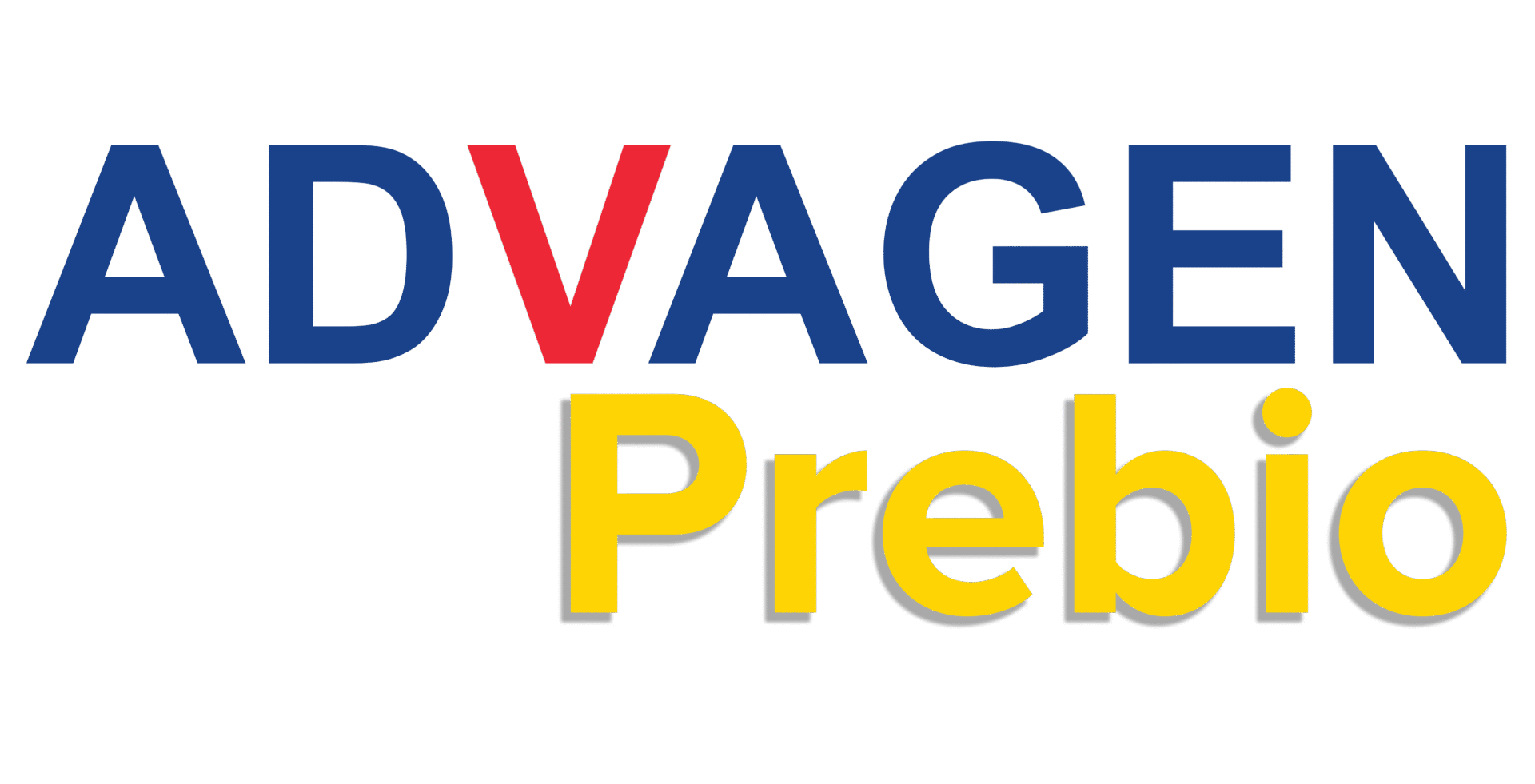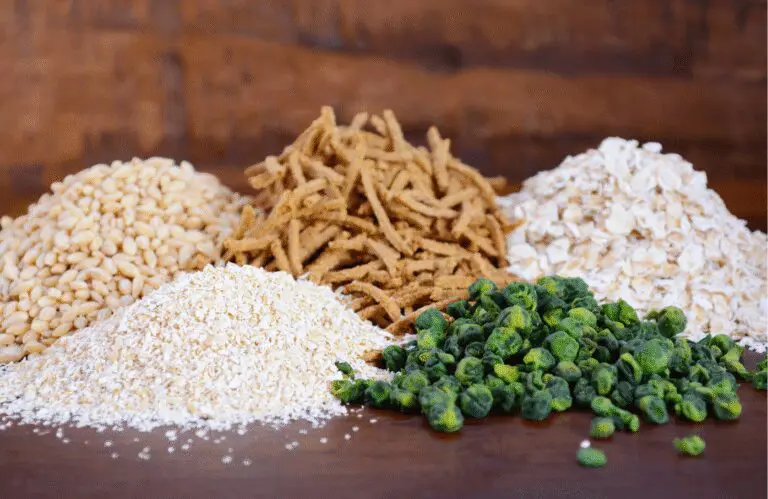Fibrosol Prebio is now ADVAGEN Prebio. New Name, Same Product
Can Prebiotics Take Your Fibermaxxing Game to the Next Level?
The gut microbiome — the vast community of trillions of bacteria living in our digestive tract — thrives on dietary fiber. In recent years, “fibermaxxing” has gained attention as a strategy to boost gut health by significantly increasing fiber intake. While fibermaxxing can promote a “microbiome bloom,” where beneficial bacteria multiply rapidly, adding prebiotics to the mix might make the benefits even greater [1].
What Is Fibermaxxing?
Fibermaxxing involves intentionally raising your daily fiber intake, often well above the recommended 25–38 g for adults [2]. The goal is to fuel gut bacteria to produce more short-chain fatty acids (SCFAs), which support gut lining integrity, modulate inflammation, and even influence mood [3]. But not all fibers are created equal — and this is where prebiotics come in.
Prebiotics: The Elite Fuel for Your Gut
Prebiotics are specific types of fermentable fibers that selectively feed beneficial bacteria such as Bifidobacteria and Lactobacilli [4]. Common examples include inulin, fructooligosaccharides (FOS), and galactooligosaccharides (GOS) [5]. Unlike generic dietary fiber, prebiotics are scientifically proven to shift microbiome composition towards more health-promoting species [6].
When combined with fibermaxxing, prebiotics can act like a “precision booster” — not just increasing bacterial numbers but encouraging the growth of the right kinds of bacteria [7].
The Microbiome “Bloom” Effect
When you increase fiber intake dramatically, bacteria rapidly ferment these fibers, producing gases and SCFAs [8]. This microbiome bloom can bring impressive long-term benefits, but in the short term, it may cause bloating or digestive discomfort [9].
Prebiotics may help direct this bloom towards species that produce more butyrate — a key SCFA linked to reduced inflammation, improved gut barrier function, and better metabolic health [10].
Practical Ways to Combine Fibermaxxing and Prebiotics
- Start slowly — Increase fiber and prebiotic intake over several weeks to let your gut adapt.
- Diversify sources — Combine whole foods like legumes, oats, and vegetables with prebiotic-rich foods like chicory root, garlic, onions, and bananas.
- Stay hydrated — Adequate water intake helps fibers move smoothly through the digestive tract.
- Track your response — Keep a simple food and symptom journal to fine-tune your approach.
The Bottom Line
Fibermaxxing can give your microbiome a major boost, but adding targeted prebiotics can take it to the next level by promoting the growth of the most beneficial bacteria. Think of it as upgrading from generic fuel to premium — your gut will thank you for the extra care and precision.
Connect us on:
References
- Sonnenburg, E.D. and Sonnenburg, J.L. (2019b) ‘The ancestral and industrialized gut microbiota and implications for human health,’ Nature Reviews Microbiology, 17(6), pp. 383–390. https://doi.org/10.1038/s41579-019-0191-8.
- Snetselaar, L.G. et al. (2021) ‘Dietary Guidelines for Americans, 2020–2025,’ Nutrition Today, 56(6), pp. 287–295. https://doi.org/10.1097/nt.0000000000000512.
- Koh, A. et al. (2016c) ‘From dietary fiber to host physiology: Short-Chain fatty acids as key bacterial metabolites,’ Cell, 165(6), pp. 1332–1345. https://doi.org/10.1016/j.cell.2016.05.041.
- Gibson, G.R. et al. (2017b) ‘Expert consensus document: The International Scientific Association for Probiotics and Prebiotics (ISAPP) consensus statement on the definition and scope of prebiotics,’ Nature Reviews Gastroenterology & Hepatology, 14(8), pp. 491–502. https://doi.org/10.1038/nrgastro.2017.75.
- Slavin, J. (2013g) ‘Fiber and Prebiotics: Mechanisms and health benefits,’ Nutrients, 5(4), pp. 1417–1435. https://doi.org/10.3390/nu5041417.
- Holscher, H.D. (2017) ‘Dietary fiber and prebiotics and the gastrointestinal microbiota,’ Gut Microbes, 8(2), pp. 172–184. https://doi.org/10.1080/19490976.2017.1290756.
- Scott, K.P. et al. (2012) ‘The influence of diet on the gut microbiota,’ Pharmacological Research, 69(1), pp. 52–60. https://doi.org/10.1016/j.phrs.2012.10.020.
- David, L.A. et al. (2013b) ‘Diet rapidly and reproducibly alters the human gut microbiome,’ Nature, 505(7484), pp. 559–563. https://doi.org/10.1038/nature12820.
- Halmos, E.P. et al. (2014) ‘Diets that differ in their FODMAP content alter the colonic luminal microenvironment,’ Gut, 64(1), pp. 93–100. https://doi.org/10.1136/gutjnl-2014-307264.
- Canani, R.B. (2011) ‘Potential beneficial effects of butyrate in intestinal and extraintestinal diseases,’ World Journal of Gastroenterology, 17(12), p. 1519. https://doi.org/10.3748/wjg.v17.i12.1519.








